


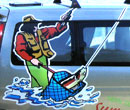 |
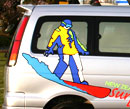 |
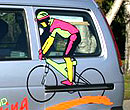 |
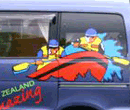 |
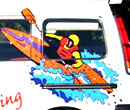 |
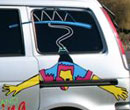 |
auckland - waikato
This fascinating region includes the Coromandel Peninsula and King Country districts and offers a huge diversity of natural lake, hydro lake, river and remote stream fisheries. There is enough variety and challenge here to satisfy the most discerning angler. Within a one hour drive of Auckland City are seven lakes that produce fine rainbow specimens. Coromandel rivers such as the Tairua and Kauaeranga are less than two hours away. The Waikato, New Zealand’s longest river, has abundant brown trout from Lake Taupo to the sea. The browns tend to be migratory moving upriver into the Waipa tributary and similar upward mobility occurs in the Lower Waihou and Whanganui rivers. Rainbows tend to be resident in these rivers and are relatively easy to catch, devouring even badly presented lures. South Waikato has a host of spring-fed streams that flow into rivers like the Waipa and Waihou. The Waipa is one of the most important fisheries in this region with a high brown trout population and the Waihou has been drift-dive surveyed at around 400 legal fish per km. in the headwaters. Tongariro and Whanganui National Parks offer anglers an exhilarating experience of New Zealand’s outdoor lifestyle. The Whanganui and Whakapapa river systems promise pure adventure for the intrepid angler who explores the deep pools, tumbling rapids and long boulder runs that are hidden in bush-clad gorges. A prime example of this is the remote Manganuioteao River, which contains large fish in good condition just waiting for the arrival of adventurous anglers. Coarse fishing is a unique feature of the Waikato region. The lower Waikato River system has mammoth numbers of koi carp, catfish and goldfish. The Whangamarino River and a number of lakes have abundant populations of these fish as well as perch, rudd and tench. Hamilton Lake, in the centre of the city, is a popular coarse fishery. Guided fly fishing and spinning trips throughout this region can be arranged in Auckland, Taupo, Turangi and Wanganui. |